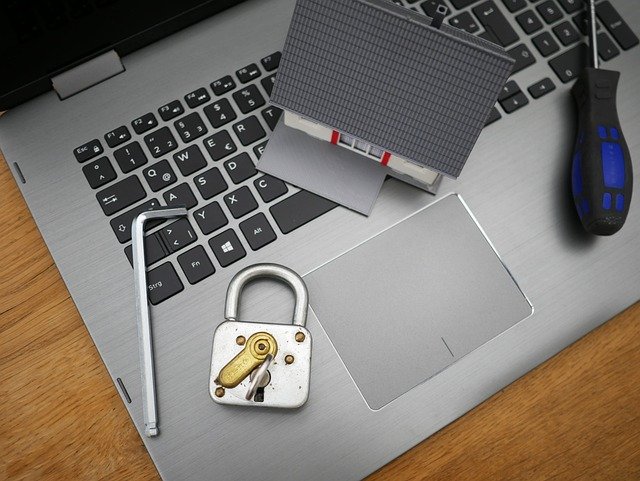Safe Installation: A Practical Guide for Home Security
A properly installed safe is one of the most concrete steps a household can take to reduce the risk of theft and protect important documents, valuables, and digital media. Safe installation goes beyond just putting a heavy box in a closet: it involves choosing the right type of safe for your needs, selecting an effective location, securing it to the structure, and integrating it with your overall home security plan. This article explains the main considerations for safe selection and installation, what installation does and does not protect against, and practical steps for maintenance and professional support so the safe remains a reliable layer of protection for years to come.

What is a safe and why install one?
A safe is a secure storage container designed to resist unauthorized access, fire, water, or other hazards depending on its construction and rating. People install safes to keep passports, financial records, jewelry, firearms, and backup drives protected from theft and environmental damage. Selecting a safe involves understanding what you need to protect and against which risks: burglary-resistant features and anchoring help deter theft, while fire- or water-rated safes protect contents from disasters. A clear inventory of items and an assessment of likely threats will guide the choice of size, rating, and lock type.
How does installation affect home security?
Installation determines how effectively a safe contributes to home security. A lightweight safe that is not anchored can be carried off, making it ineffective against determined thieves. Proper installation anchors the safe to the floor or wall structure, conceals it or places it in a low-profile location, and integrates it with alarm systems or surveillance where appropriate. Location also matters for access and safety — a ground-floor closet may be convenient but more exposed; a discreet built-in in a basement or closet may improve protection. Consider impact on emergency access and household members’ ability to reach the safe when needed.
How to choose a safe for home protection
Choosing the right safe means matching ratings and features to the items you plan to store. For burglary protection, look at construction (solid steel, boltwork) and certification levels that indicate resistance to forced entry. For documents and digital media, fire ratings and internal insulation are important metrics. Lock types include mechanical combination, electronic keypad, and biometric—each with pros and cons for speed, reliability, and maintenance. Size should allow for current items plus future additions, while weight and bolt-down options must be feasible for your home’s floor and layout. Factor in insurance requirements: some policies require specific ratings for full coverage.
Should you hire professionals or try DIY for theft prevention?
Both professional installation and DIY approaches have valid uses. Professional installers bring tools, experience in anchoring to concrete or joists, and knowledge of local services and building considerations; they can also coordinate with alarm installers and provide documentation for insurance. DIY installation can be practical for smaller safes when the homeowner is confident about anchoring, electrical needs (if applicable), and correct placement. For high-value safes, heavy-duty anchoring, or modifications to structure, professional services are recommended to ensure that the safe performs as intended and to preserve warranties and insurance compliance.
How to maintain your safe after installation
Maintenance preserves protection over time. Test locks periodically, change electronic safe batteries on a schedule, and confirm bolt and hinge operation to avoid mechanical failure. For fire- or water-rated safes, check seals and internal condition after any exposure to heat or moisture. Update combinations or access lists if household members change, and keep a secure record of serial numbers and purchase documents in a separate location for insurance claims. If a safe integrates with home security systems, test the integration annually and keep firmware or keypad software current where applicable.
This overview shows that safe installation is a practical blend of product selection, proper anchoring, thoughtful placement, and ongoing care. When matched to realistic needs—whether against theft, fire, or accidental damage—the right safe installed correctly is a durable component of a comprehensive home security and protection plan.






